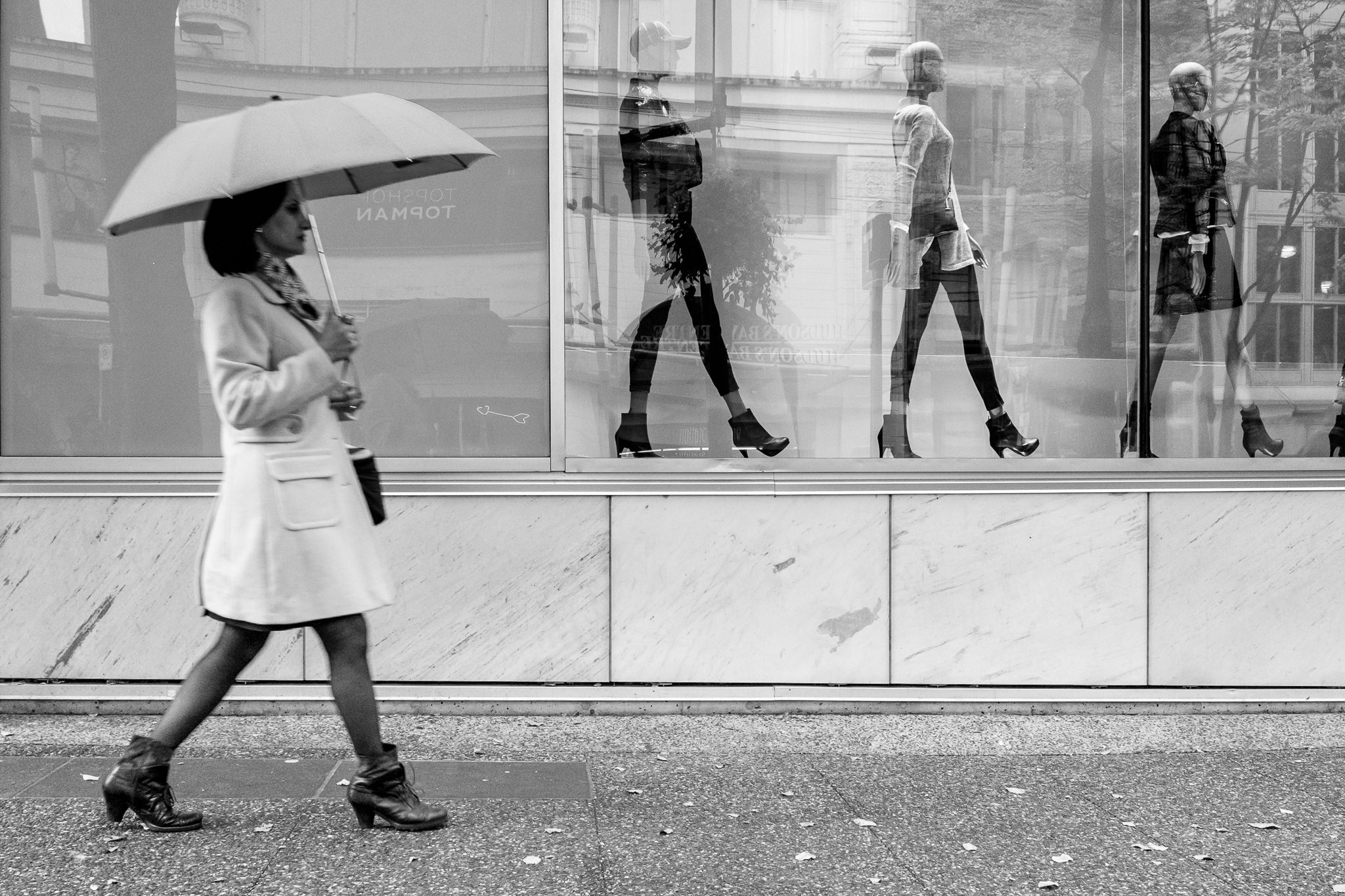The Single Strategy To Use For Framing Streets
The Single Strategy To Use For Framing Streets
Blog Article
Framing Streets for Beginners
Table of ContentsThe Buzz on Framing StreetsFraming Streets Fundamentals ExplainedFraming Streets Things To Know Before You Get ThisEverything about Framing StreetsThe 45-Second Trick For Framing StreetsNot known Incorrect Statements About Framing Streets
, usually with the goal of capturing photos at a definitive or poignant minute by cautious framing and timing. https://fl-miami.cataloxy.us/firms/framingstreets.com.htm.
Framing Streets Things To Know Before You Get This
Susan Sontag, 1977 Road digital photography can concentrate on people and their actions in public. In this respect, the road professional photographer is similar to social documentary digital photographers or photographers who additionally function in public areas, however with the aim of capturing newsworthy occasions. Any of these photographers' pictures might catch individuals and property visible within or from public locations, which typically requires navigating ethical concerns and legislations of privacy, security, and residential or commercial property.
Representations of daily public life form a category in practically every period of globe art, beginning in the pre-historic, Sumerian, Egyptian and early Buddhist art periods. Art dealing with the life of the street, whether within views of cityscapes, or as the dominant motif, appears in the West in the canon of the Northern Renaissance, Baroque, Rococo, of Romanticism, Realistic look, Impressionism and Post-Impressionism.
What Does Framing Streets Do?
Louis Daguerre: "Boulevard du Holy place" (1838 or 1839) In 1838 or 1839 the first photo of figures in the road was taped by Louis-Jacques-Mand Daguerre in one of a set of daguerreotype views extracted from his workshop window of the Blvd du Temple in Paris. The 2nd, made at the elevation of the day, shows an uninhabited stretch of street, while the other was taken at concerning 8:00 am, and as Beaumont Newhall records, "The Boulevard, so continuously loaded with a moving crowd of pedestrians and carriages was perfectly singular, except a person who was having his boots brushed.
His boots and legs were well specified, yet he is without body or head, because these were in movement." Charles Ngre, waterseller Charles Ngre. https://celeste-canna-h2w00s.mystrikingly.com/blog/framing-streets-capturing-life-s-essence-through-street-photography was the very first professional photographer to obtain the technical refinement needed to sign up individuals in motion on the road in Paris in 1851. Digital Photographer John Thomson, a Scotsman collaborating with reporter and social activist Adolphe Smith, released Road Life in London in twelve monthly installments starting in February 1877
All about Framing Streets
Eugene Atget is considered as a progenitor, not since he was the very first of his kind, however as a result of the popularisation in the late 1920s of his record of Parisian roads by Berenice Abbott, who was motivated to embark on a comparable paperwork of New york city City. [] As the city established, Atget assisted to promote Parisian streets as a worthy topic for photography.

See This Report on Framing Streets
Martin is the initial videotaped professional photographer to do so in London with a disguised electronic camera. Mass-Observation was a social study organisation established in 1937 which aimed to record day-to-day life in Britain and to videotape the reactions of the 'man-in-the-street' to King Edward VIII's abdication in 1936 to wed divorce Wallis Simpson, and the succession of George VI. Between 1946 and 1957 Le Groupe des XV each year showed work of this kind. Andre Kertesz. Circus, Budapest, 19 May 1920 Road photography created the major material of 2 exhibitions at the Museum of Modern Art (Mo, MA) in New york city curated by Edward Steichen, 5 French Photographers: Brassai; Cartier-Bresson, Doisneau, Ronis, Izis in 1951 to 1952, and Post-war European Digital Photography in 1953, which exported the principle of road photography internationally.
The Definitive Guide for Framing Streets
The recording equipment was 'a hidden camera', a 35 mm Contax concealed under his coat, that was 'strapped to the chest and connected to a lengthy cable strung down the best sleeve'. Nevertheless, his work had little modern effect as due to Evans' level of sensitivities regarding the creativity of his job and the privacy of his subjects, it was not released till 1966, in the publication Numerous Are Called, with an intro written by James Agee in 1940.
Helen Levitt, then an educator of little ones, connected with Evans in 193839. She recorded the transitory chalk drawings - 50mm street photography that were part of youngsters's street society in New york city at the time, along with the kids that made them. In July 1939, Mo, MA's brand-new photography area consisted of Levitt's work in its inaugural exhibitRobert Frank's 1958 publication,, was considerable; raw and typically out of emphasis, Frank's images questioned traditional digital photography of the time, "tested all the formal policies set by Henri Cartier-Bresson and Walker Evans" and "flew in the face of the wholesome pictorialism and genuine photojournalism of American publications like LIFE and Time". best site
Report this page